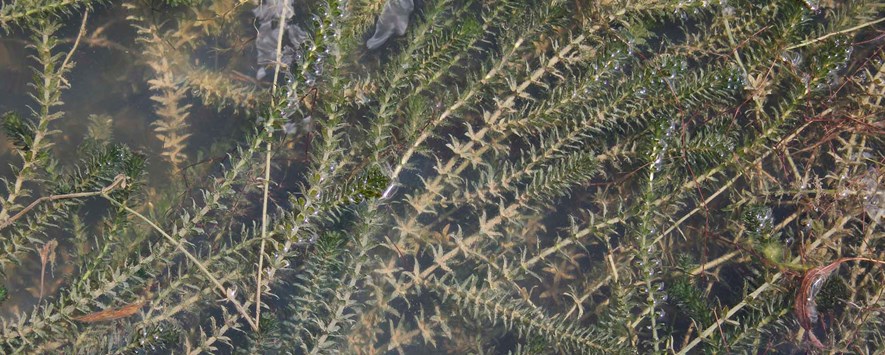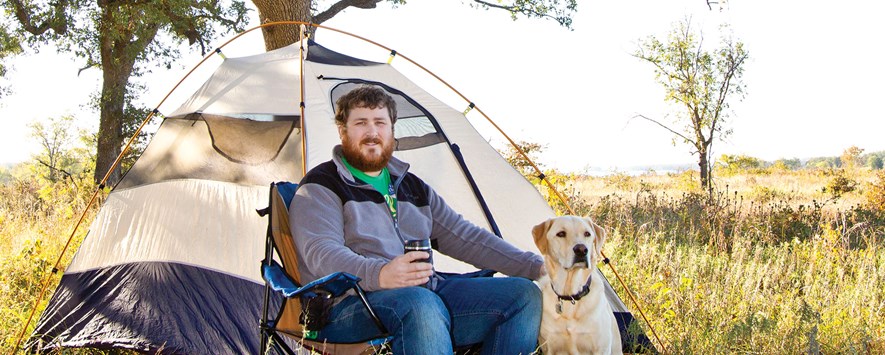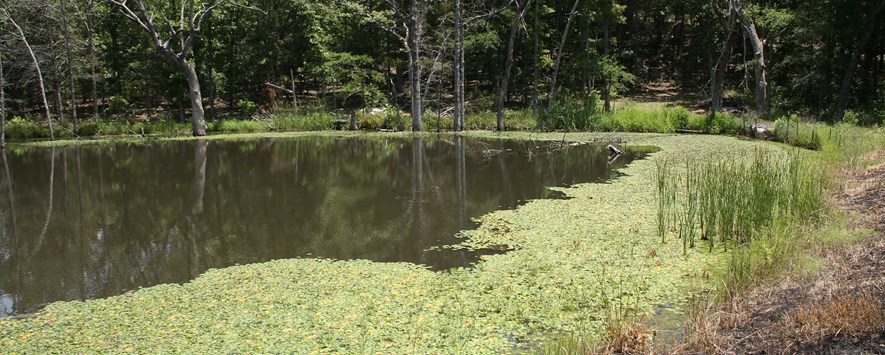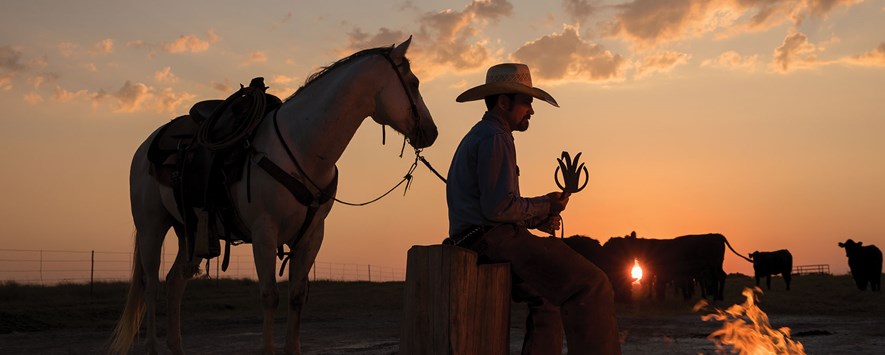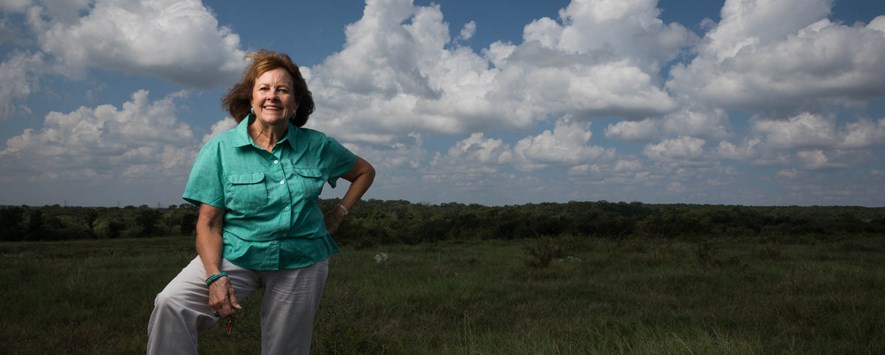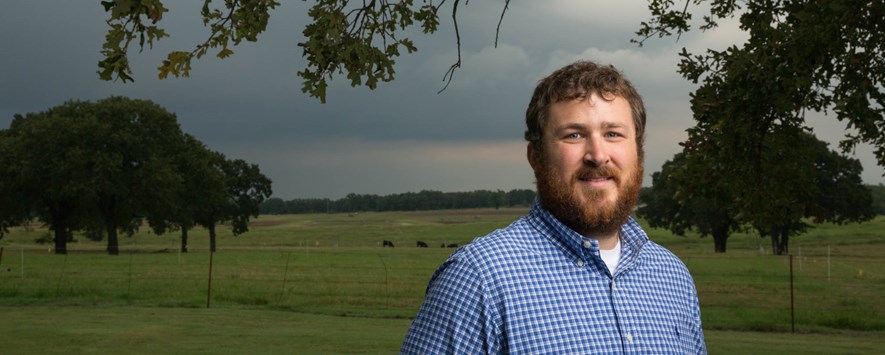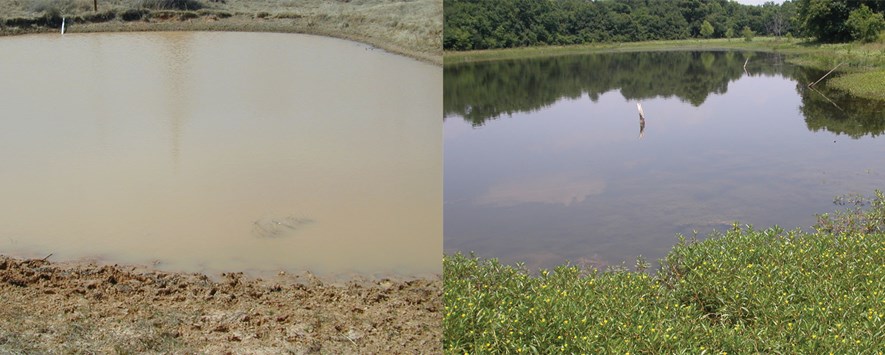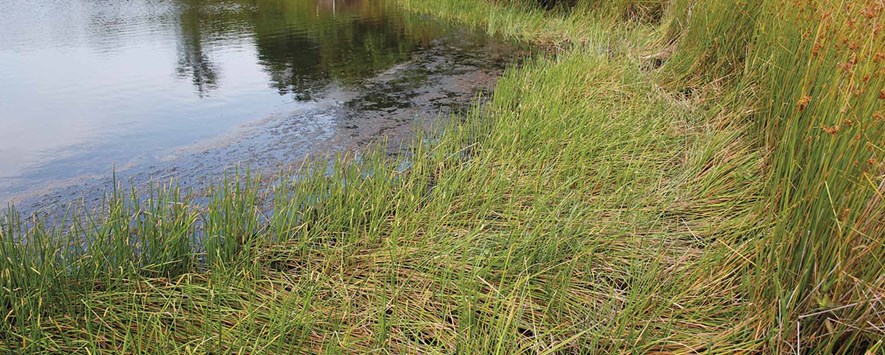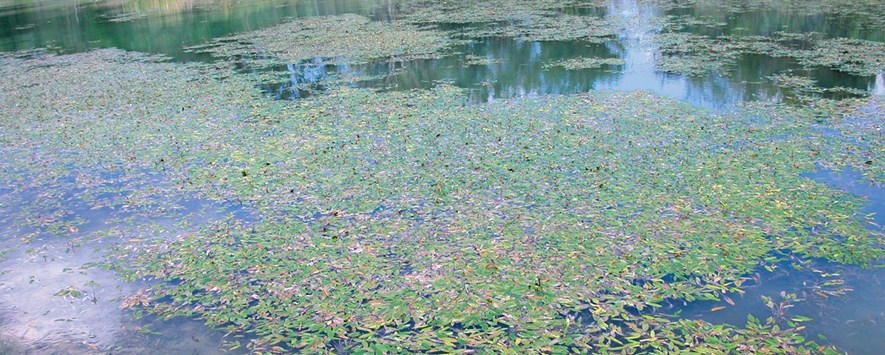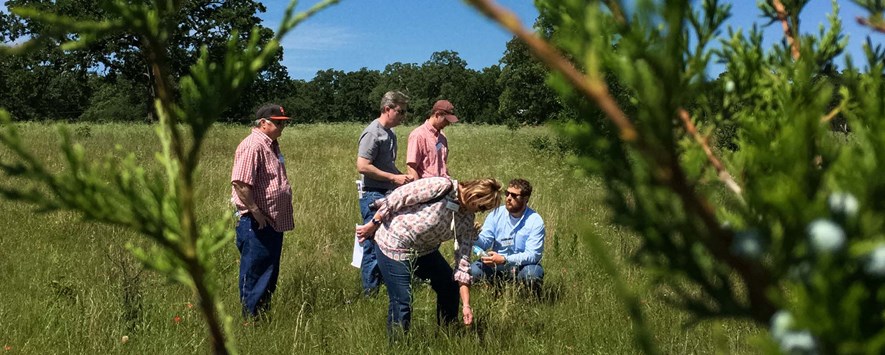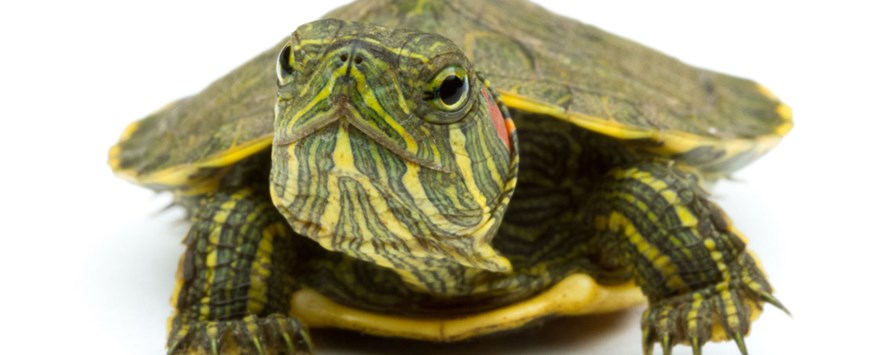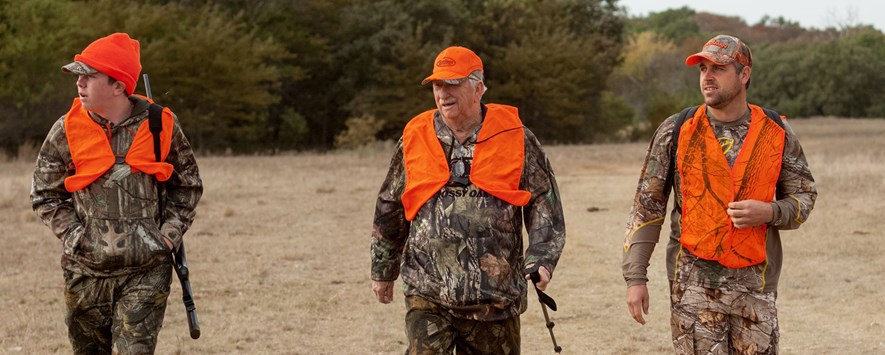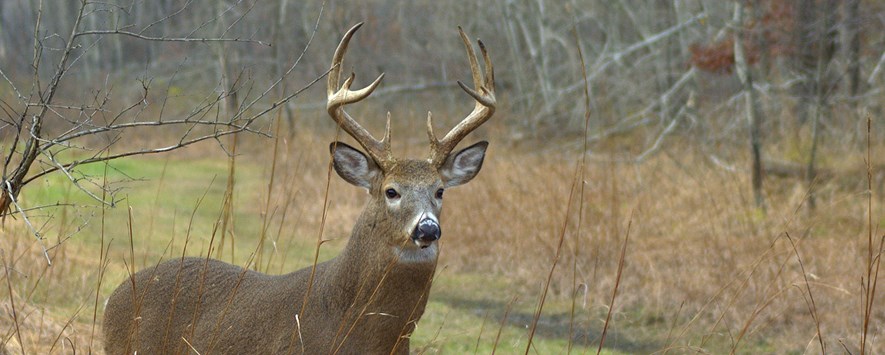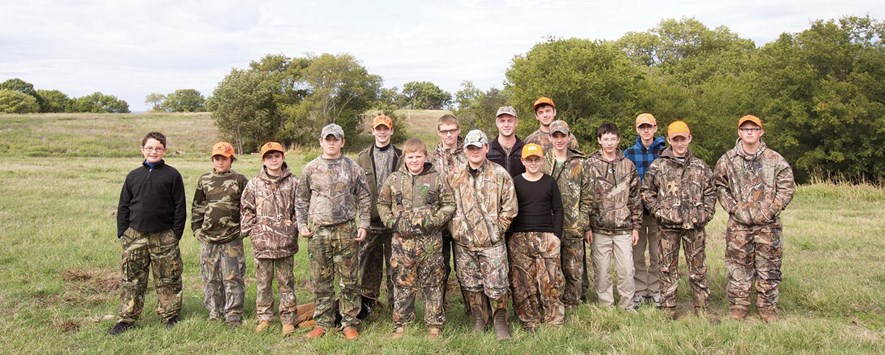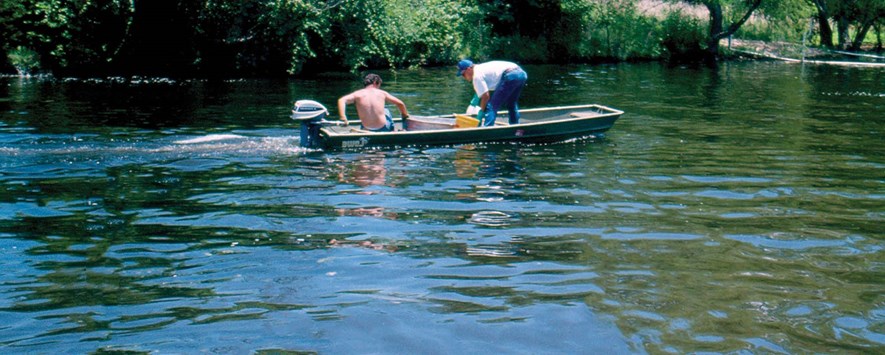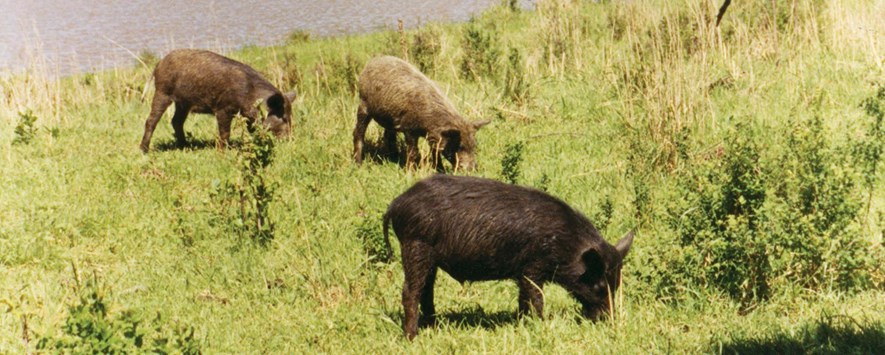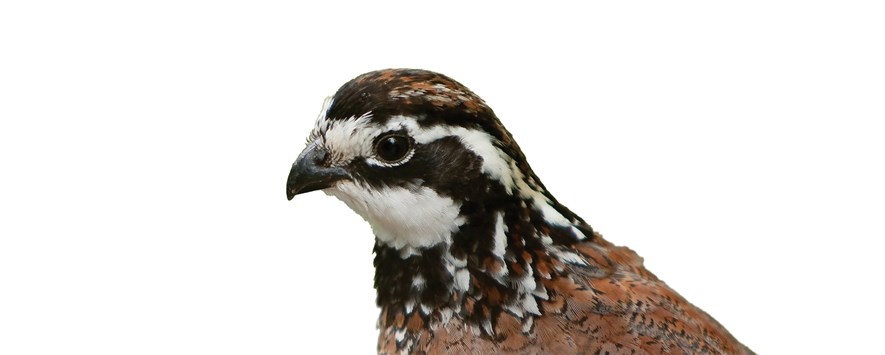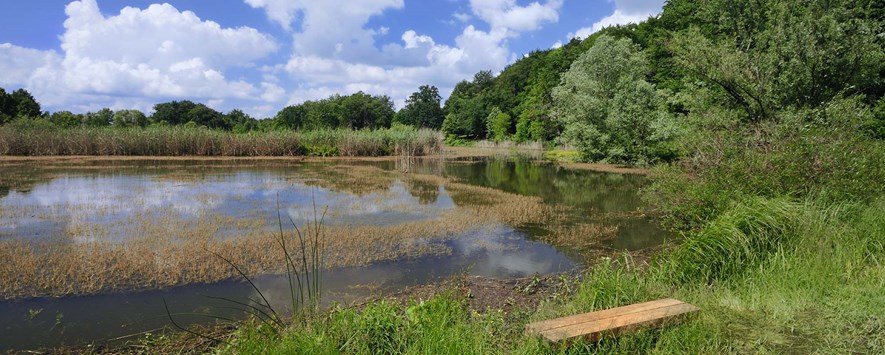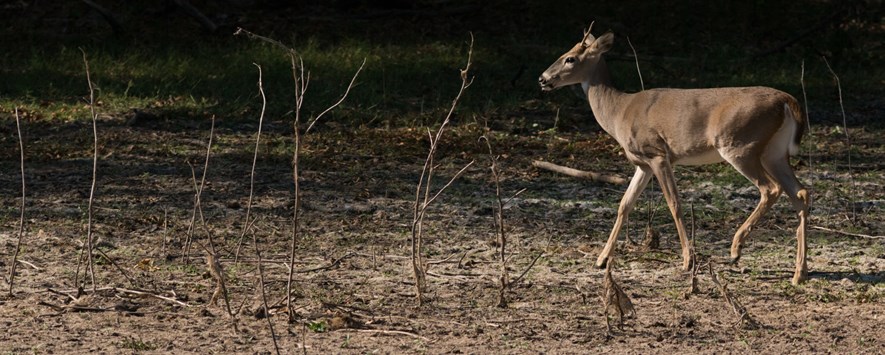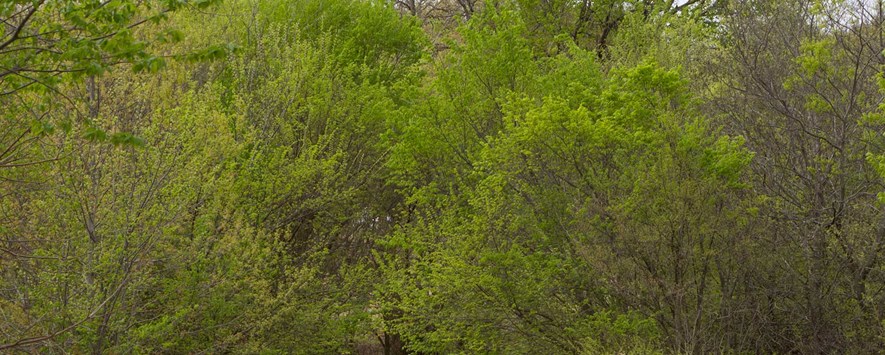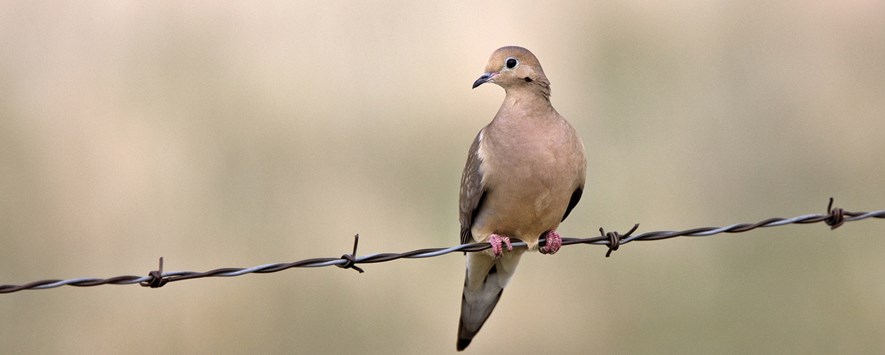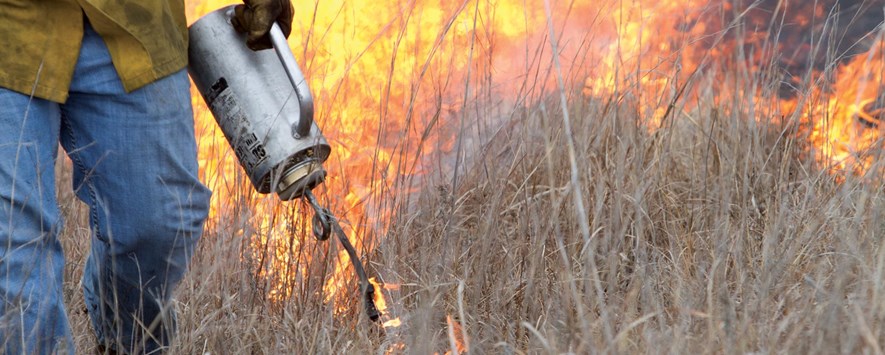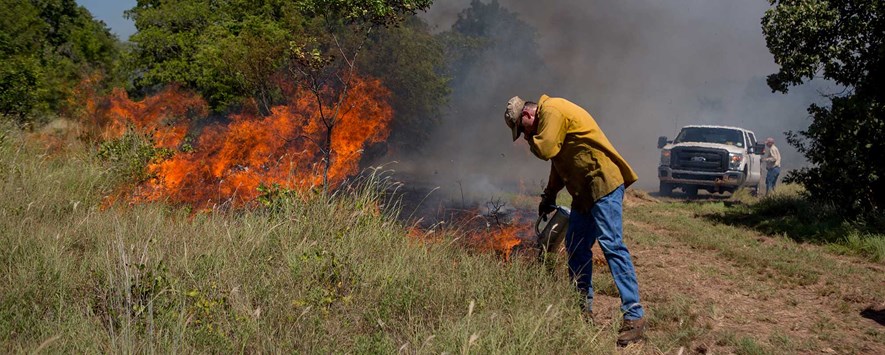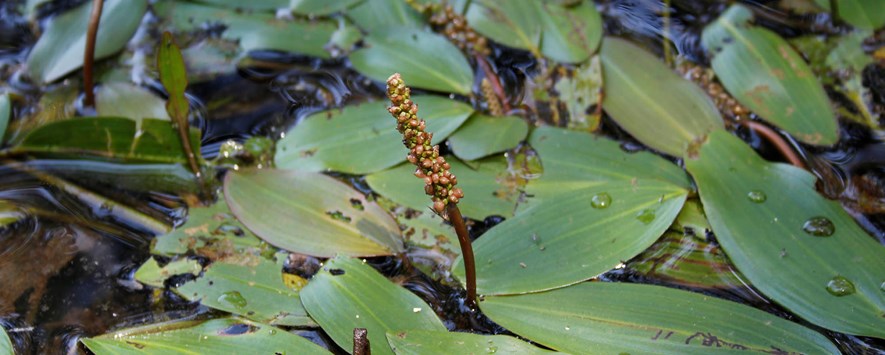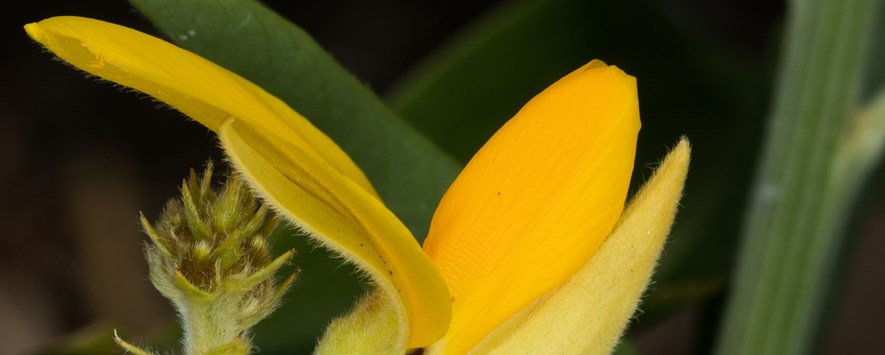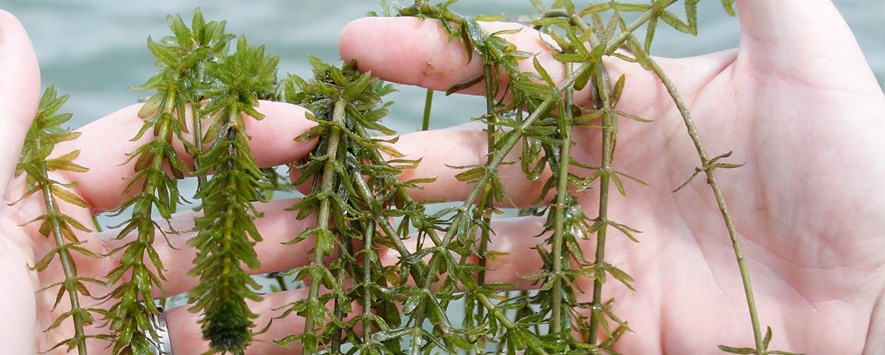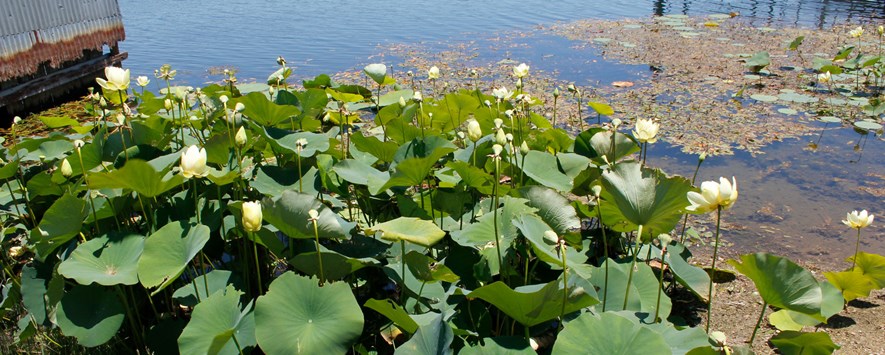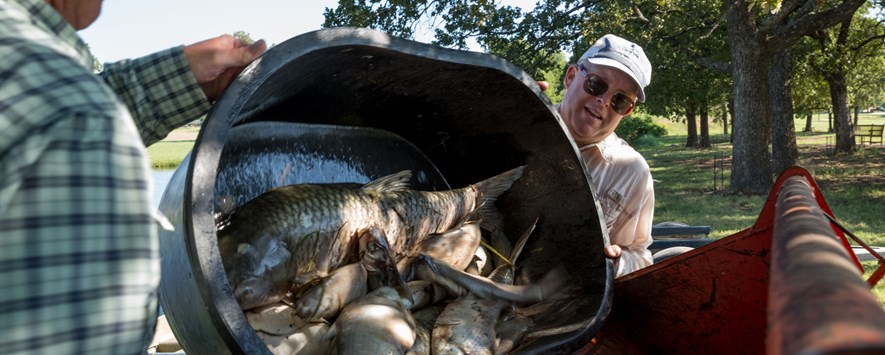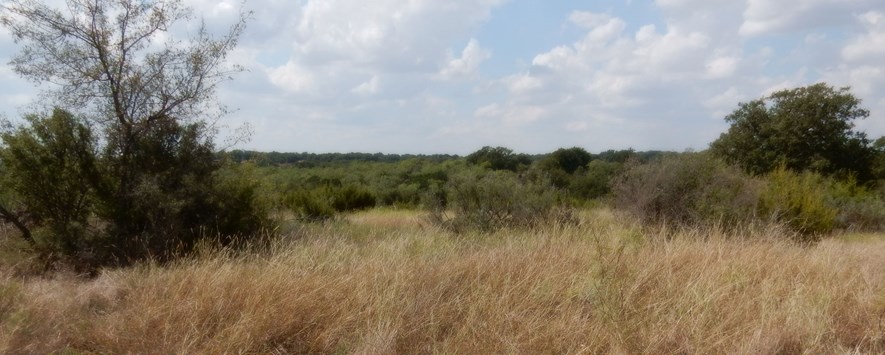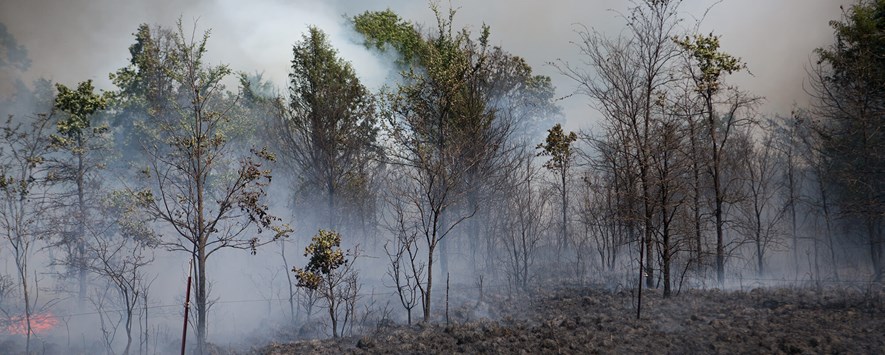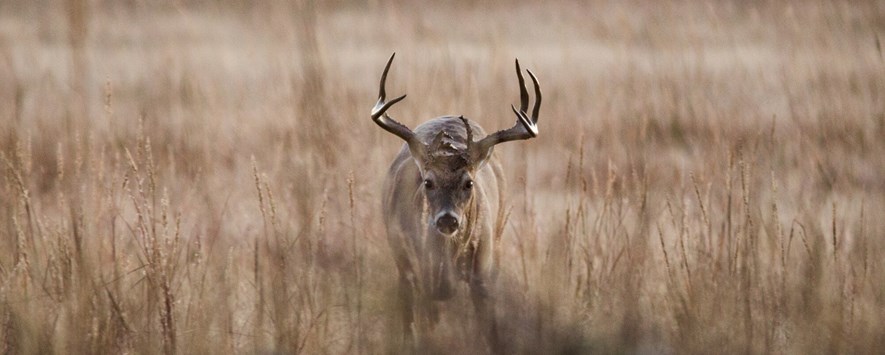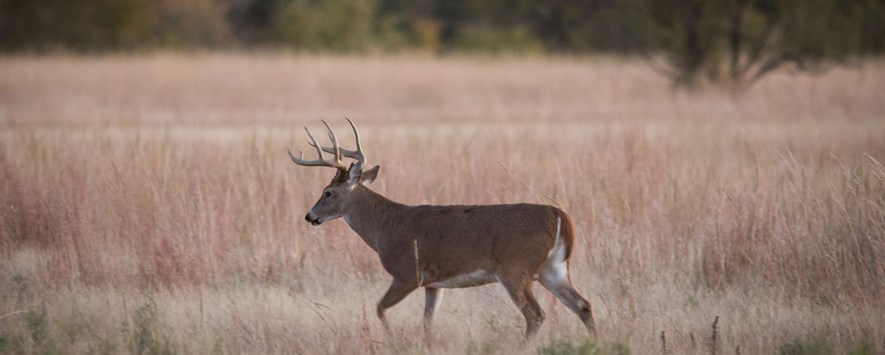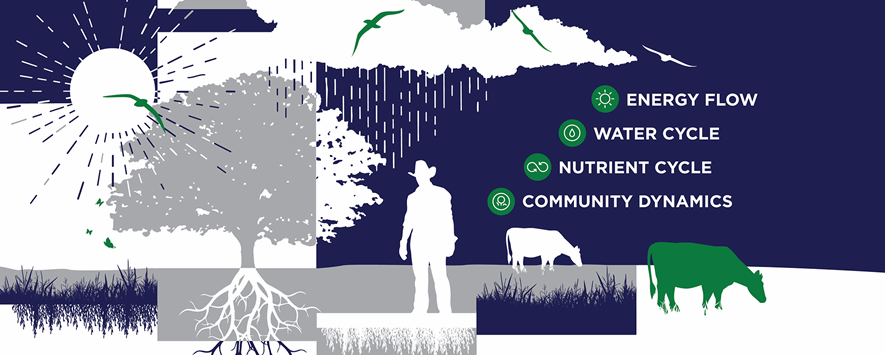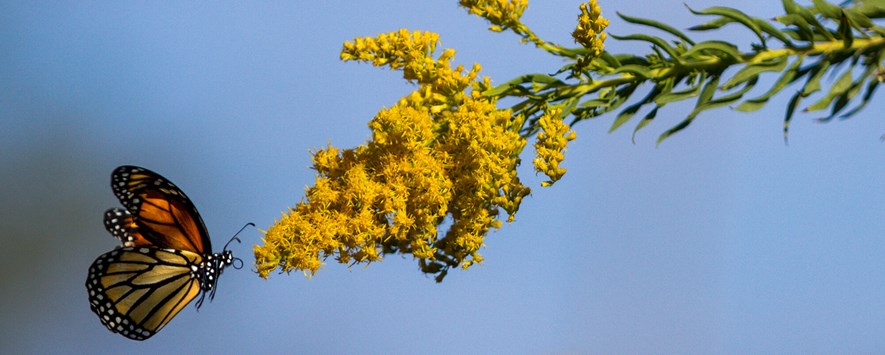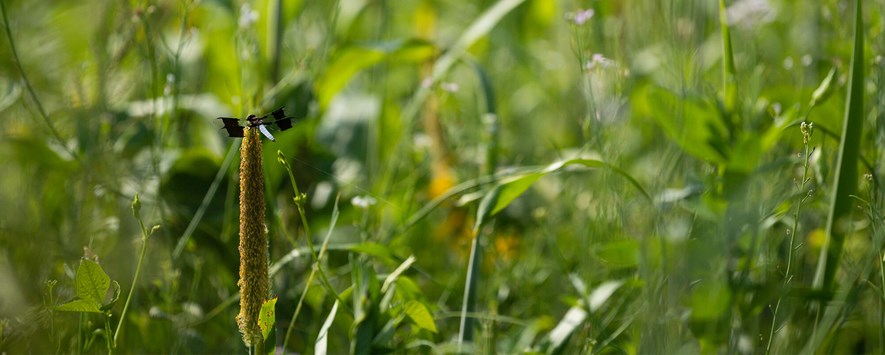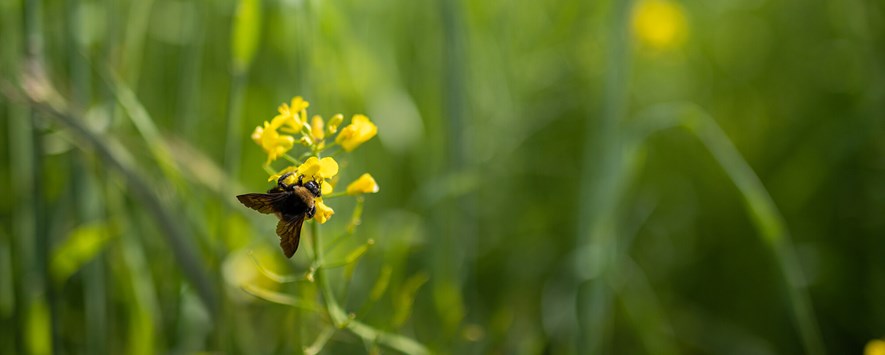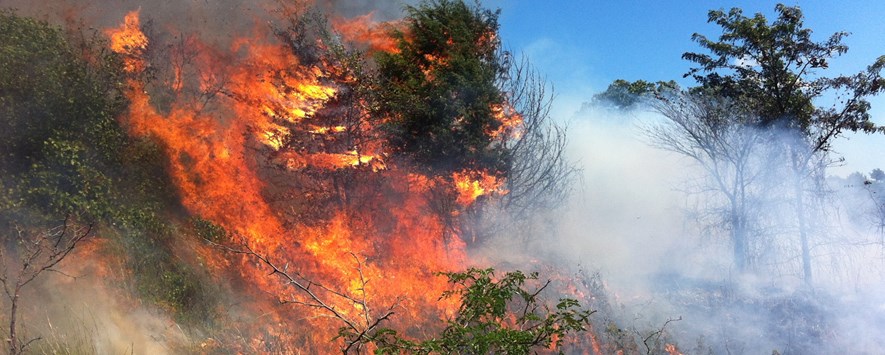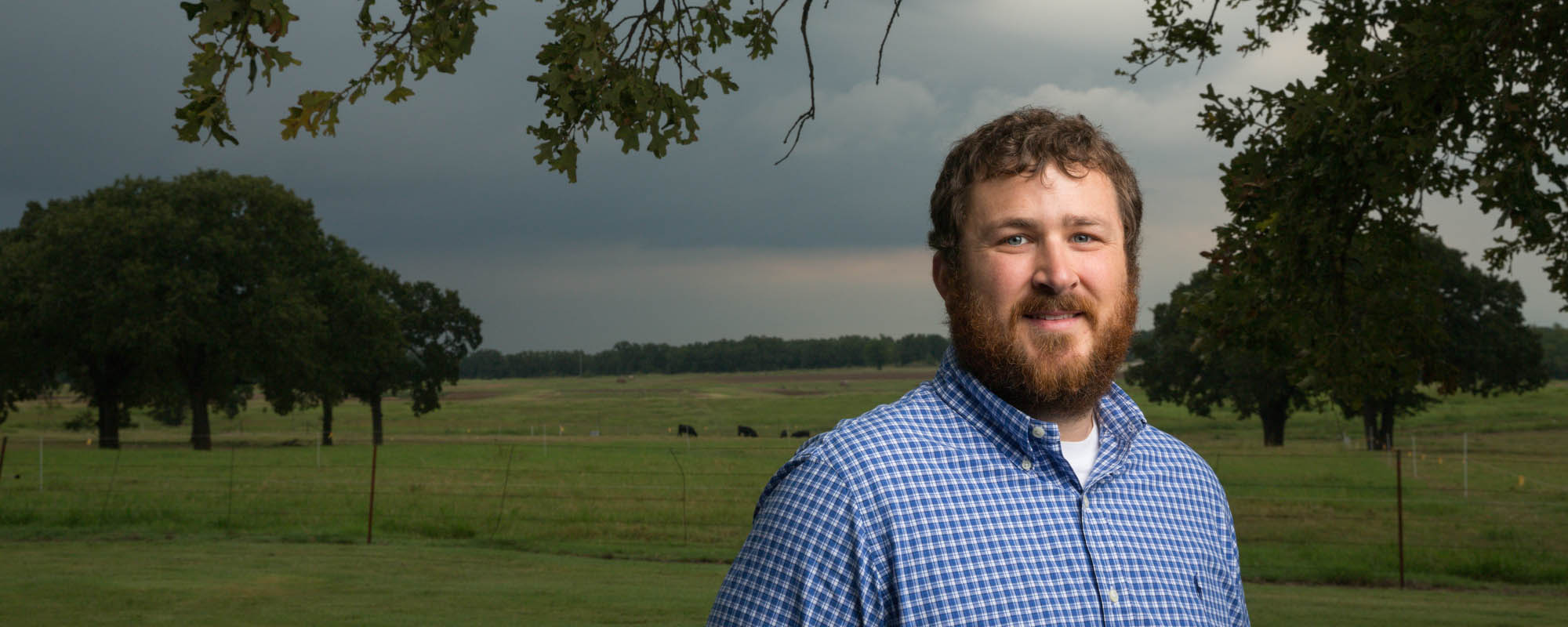
Will Moseley News
Edmond North High School wins 2016 Oklahoma Envirothon
The Edmond North High School team placed first at the second annual Oklahoma Envirothon competition held this month at the Noble Research Institute.
New book helps producers manage aquatic vegetation
Water is a significant resource for any land manager, and its presence increases plant diversity that requires management.
Will Moseley
Meet the man behind the beard: Will Moseley. He's a little bit Bohemian and a little bit Daniel Boone with a big passion for agriculture.
Today's Lessons. Tomorrow's Leaders.
Noble Academy supports teachers and the next generation of problem-solvers.
Ninnekah High School wins 2017 Oklahoma Envirothon
ARDMORE, Okla. — The Ninnekah High School team placed first at the Oklahoma Envirothon competition held in March at the Noble Research Institute. This was the third year Noble Academy, the Noble...
Aquatic plants added to Noble plant image gallery
ARDMORE, Okla. — The Noble Research Institute Plant Image Gallery is designed to assist farmers and ranchers, botanists, ecologists, natural resource managers, educators and hobbyists identify plants...
A Brand New Era
On May 1, 2017, Lloyd Noble's organization took its first step toward becoming a new type of nonprofit public charity called an agricultural research institute, or ARO.
The Key to Coming Home
Brenda Myers Brown has lived a life away from the land. Now she's returning to continue her father's legacy and make new memories with her children and grandchildren.
Society for Range Management Selects Moseley for Oklahoma Section Board of Directors
Noble Research Institute wildlife and fisheries consultant Will Moseley has been selected to serve on Society for Range Management Oklahoma Section Boards of Directors. He will serve for three years.
Let's Clear the Waters
When trying to manage an impoundment to be a productive sport fishery, water quality is one of the most important considerations.
Aquatic vegetation establishment promotes resource goals
Aquatic vegetation can be beneficial when the right species in the right abundance are present. Some benefits of aquatic vegetation are erosion control, improved water quality, cover and food for many wildlife species.
Summer management affects waterfowl habitat
Some of the best duck hunting is a result of abundant food, and the most important foods are primarily aquatic plants. Since most aquatic plants grow during the summer, management for those plants should be done at that time.
Small farm project demonstrates basic land management
One challenge facing the agriculture industry is the ever changing educational needs of producers. A growing segment of landowners are new producers who want to pursue a rural lifestyle or fulfill a dream of participating in agriculture.
Aquatic Turtles
Many people think that turtles are detrimental to fish populations and believe they need to be removed from impoundments. However, the many species of turtles in southern Oklahoma and northern Texas have varied diets and none of them are exclusively fish.
Conservation model improves wildlife populations
Conservation of wildlife populations and habitat in North America is unique to other conservation efforts across the globe.
Common white-tailed deer misconceptions affect views
There is a plethora of misinformation about white-tailed deer biology and management.
First annual youth hunt educates novice hunters
The Noble Research Institute hosted 16 youth and their guardians for the first annual youth doe hunt. The event was sponsored by Noble Academy, Walnut Bayou Deer Management Association and Oklahoma Department of Wildlife Conservation.
Fish Population Renovation During Drought
If your pond is low, this might be the perfect time to renovate poor or marginal largemouth bass, bluegill and channel catfish populations or eliminate undesirable fish such as bullheads, common carp, warmouth and green sunfish. If your pond is dry, you will need to make plans to deepen it before stocking fish next spring when, hopefully, it's full again.
Oklahoma and Texas Resources for Feral Hog Control
Winter is an excellent time to implement control of feral hogs. There are a few resources available for Oklahoma and Texas hunters and trappers.
Supplemental Feeding of Northern Bobwhites
It seems to make sense that survival and abundance of bobwhites would increase by increasing food abundance and improving nutrition through supplemental feed. However, when dealing with nature, things are rarely that simple.
Wetlands provide ecological and economic benefits
Wetlands are an important, yet often overlooked, resource as they provide several ecosystem service and provide habitat for several wildlife species.
White-tailed Deer Management During Drought
With the 2011 drought in the Southern Great Plains, many people are curious to know if conditions have affected deer populations and if there is anything to be done to mitigate potential effects.
Cross Timbers management creates wildlife habitat
Understanding the habitat requirements for the animals you want to promote and manage is key to providing a good wildlife habitat.
Resource management aids mourning dove migration
While sitting and waiting for mourning doves to fly by during hunting season, I find myself thinking about the journey these birds have embarked on and from where they have come.
Online weather resources aid prescribed burns
One of the most important parts of planning and implementing a prescribed burn is weather prediction. Weather prediction resources are available to help us make informed decisions about both fire and smoke behavior before we conduct prescribed burns.
Deer surveys remain popular despite weaknesses
It is difficult to confidently make harvest recommendations based on one year's worth of data.
Why You Should Consider Prescribed Burning Throughout the Year
For most prescribed fire practitioners in the Southern Great Plains, burns are conducted during winter and early spring (December to March). This burning season has become commonplace because most of...
Aquatic Plant Spotlight: Longleaf Pondweed
Longleaf pondweed (Potamogeton nodosus) is a native, perennial aquatic plant common to the Southern Great Plains. It is rooted and typically does not grow in water more than about 5 feet deep. It has...
Cover Crops Add Diversity for Wildlife
Cover crops can add diversity to a system to benefit wildlife species in addition to extending the grazing season and improving soil health.
Aquatic Plant Spotlight: Hydrilla
Hydrilla (Hydrilla verticillata) is a nonnative, invasive aquatic plant that is rooted and can grow to almost 30 feet, filling up the water column. The best way to control it is to prevent its spread.
Students Test Their Knowledge of Natural Resources
The Oklahoma Envirothon is a team-based competition for high school students interested in learning about the fundamentals of natural resource management.
Youth Hunts Provide Memories, Opportunities
Oklahoma landowners are able to help develop the next generation of hunters through the youth hunt program.
Aquatic Plant Spotlight: American Lotus
Here’s how to identify the American lotus (Nelumbo lutea) plant and manage it to protect more desirable aquatic vegetation in your ponds and lakes.
Dead Fish in Summer? Low Dissolved Oxygen Is Usually the Culprit
Late-summer fish die-offs are often the result of low dissolved oxygen in farm ponds. Follow these management tips for a healthy pond environment.
Invasive Plants Are a Threat to Agriculture
Some of the most serious invasive plants in the Great Plains are the old world bluestems (i.e. yellow, Caucasian, plains, King Ranch, B. Dahl), sericea lespedeza, eastern redcedar, musk thistle, Bradford or callery pear, and salt cedar.
Consider Using Prescribed Fire in the Fall
Fall prescribed burns can help control woody brush, improve wildlife habitat and offer other benefits when compared to dormant and growing season burns.
Hunter Observations Can Help Manage Deer Populations
Collect white-tailed deer survey data with simple observations that you and other hunters make on your property.
Hunter Data Can Help Manage Deer Populations
The best deer population management strategies involve hunting more does and less bucks, which means land managers should choose hunters who want to harvest does.
What Are Ecosystem Processes, and Why Do They Matter on the Ranch?
To improve the health and profitability of our land, we must learn to effectively manage the natural systems by which it functions.
Top 5 Considerations for Increasing Wildlife Diversity
Ranchers should focus their land management decisions on the following five considerations to produce the most diverse wildlife populations.
What is Plant Succession and Why is it Important in a Regenerative Operation?
Plant succession is an ecological process of change in a plant community that occurs over time in response to management.
How to Keep Community Dynamics Healthy on the Ranch
Biodiversity, a variety of plant functions and healthy plant succession work together to make good community dynamics.
Improve Nutrition for White-Tailed Deer With Growing-Season Prescribed Burns
Habitat includes food, water, shelter, space and the arrangement of these components, though land managers and popular press most popularly discuss food. Food can easily be managed, and many times the focus is only on food plots and feeders. Native vegetation can take a back seat to these intensive management practices, but people should be aware how to manage existing native vegetation to provide a high quality diet.

